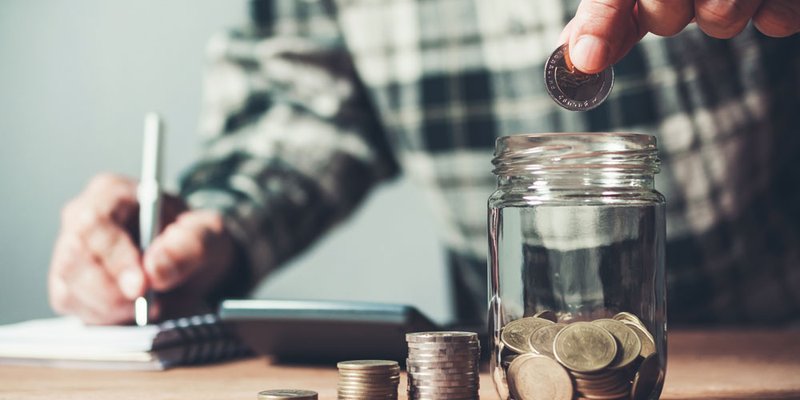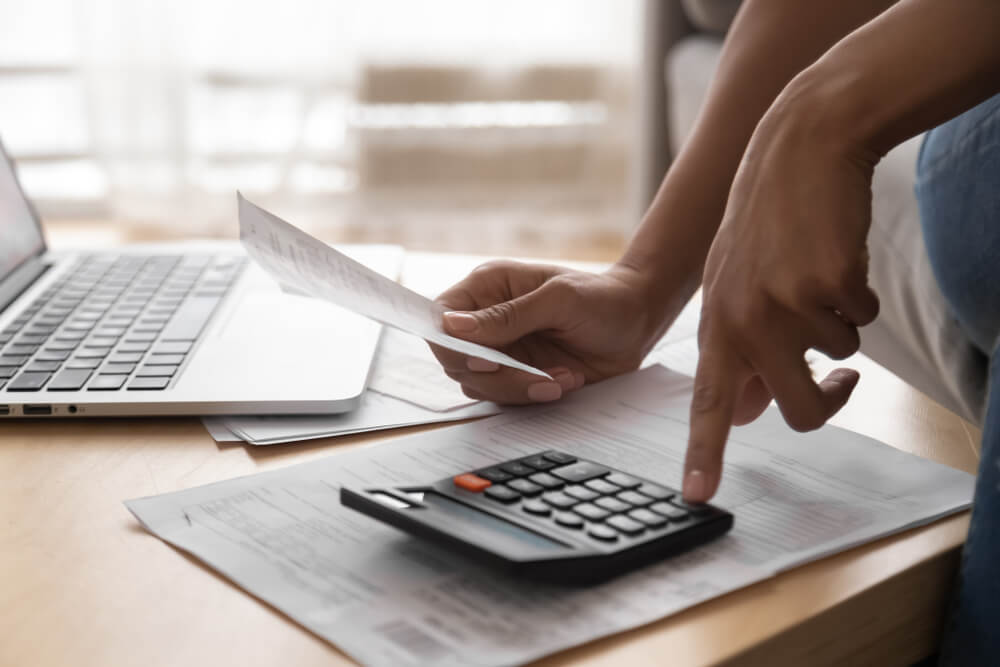
If you are not redirected within 30 seconds, please click here to continue.
Samedi: 10h – 16h HAE

If you are not redirected within 30 seconds, please click here to continue.
If you are not redirected within 30 seconds, please click here to continue.
Failing to plan is planning to fail: Do you have an emergency savings fund?

This article is updated from a previous version.
If you’ve made a promise to curb bad spending habits and protect your savings this year, then the old saying, “failing to plan is planning to fail” probably resonates. But what about the things that don’t make it into the plan? You know, the expenses that sneak up on you when you least expect them?
Picture this: A surprise parking ticket on your windshield, your hot water tank breaking down in the middle of January, or a frantic scramble to visit a sick family member across the country.
These expenses aren’t part of your monthly budget, but they can happen at any time. The key? Expect the unexpected – big or small – and have a plan. That’s where an emergency savings fund comes in.
What is an emergency savings fund?
An emergency savings fund is your financial safety net. It’s a dedicated account for those unexpected costs like a parking ticket, an overnight visit to the vet, death/illness in the family, or even prolonged unemployment.
Unlike a regular savings account, this account is used strictly for true emergencies and should be accessible at a moment’s notice.
How much should you have in your emergency fund?
There’s no one-size-fits-all answer, but the general rule of thumb is to save enough to cover at least three months of living expenses. That includes rent, utilities, transportation, outstanding bills/fees, groceries, etc.
The easiest way to determine your cost of living is to review your spending over the past year. With the new year upon us, what better time is there to do this? Gather all your monthly credit card bills, bank statements and expenses, total the figures and add some cushion for unexpected costs. Knowing your monthly spending average gives you a clear target to aim for.
Seeing the total amount you need can feel overwhelming, but you don’t have to build your fund overnight. Start by setting aside a small, consistent portion of your income on each payday. Automating your savings can make this process effortless.
Related: It’s emergency preparedness week. Are you ready?
Best places to keep your emergency fund to grow over time
Some people love seeing all their money in one place. Others feel more comfortable setting up boundaries between what’s theirs to touch and what is strictly for emergencies.
Where you store your emergency fund matters. It should be safe, separate from your daily spending account, and accessible when you need it. Here are some reliable and easily accessible places to get your emergency fund started.
A high-interest savings account (HISA)
When it comes to any kind of savings, using some form of an investment account is always a good option. With an investment account, you can benefit from interest earned, giving you the money you otherwise would not have. It’s essentially free money, even if the rate of return isn’t much.
Many online banks in Canada offer higher interest rates than traditional banks, thanks to lower overhead costs. Some people are hesitant to use an online bank, but if you become a member of the Canadian Deposit Insurance Corporation (CDIC), you can fully insure your money up to $100,000.
When choosing a high-interest savings account (HISA), look for accounts with no monthly fees, no withdrawal limits, and competitive interest rates. For example, some online HISAs offer rates of over 2%, helping you grow your savings faster.
However, as mentioned before, you want to make sure your emergency savings are easily accessible. Thankfully, there are short-term investment accounts that allow you to withdraw your money anytime with little-to-no penalty or strings attached.
In a climate of higher-than-normal interest rates, you can get quite the bang for your buck by applying for a high-interest savings account.
A piggy bank or cash reserve at home
If you find yourself handling a lot of cash—like tips or commissions—then starting with a small cash reserve at home can be easy and effective. Something as simple as a jar or safe can help you save incrementally.
While a piggybank won’t earn you any interest, visually seeing your money pile up and being able to physically touch it can be a motivator to continue saving for some.
But don’t get comfortable leaving your money here; if you are going to use this method to build your emergency fund, transfer your funds into a savings account regularly. Make it a practice to empty your piggybank every two or three months.
A tax-free savings account (TFSA)
A tax-free savings account (TFSA) is another great place to store your emergency fund. It offers flexibility as you can withdraw your money tax-free at any given time. Plus, you’re also not obligated to replace the amount you take out within the same year (however, your full contribution room won’t be restored until the following year if you decide to withdraw from your TFSA).
While TFSAs are technically investment tools, you can use them to hold cash, guaranteed investment certificates (GICs), your HISA and other low-risk investments like mutual funds, ETFs, stocks and bonds. Just make sure your emergency funds remain accessible.
Related: How to calculate your TFSA contribution room?
Why insurance should be part of your emergency savings plan
If your car is rear-ended or a sudden leak damages your home, your emergency fund may help cover some costs, but without adequate insurance, you could still face hefty out-of-pocket expenses.
For instance, if your auto insurance deductible is too high, or your home insurance coverage doesn’t fully cover the cost of repairs, your savings could face a big hit.
Many Canadians unknowingly carry outdated or inadequate policies that may leave them exposed to financial risks.
But when you have an adequate amount of insurance coverage and build up your emergency fund, you create a double layer of protection. Insurance takes on many of the larger costs, so your emergency fund doesn’t have to bear the full brunt.
It’s a good practice to review your insurance annually or whenever a life event occurs, such as buying a new car, moving homes, or renovating. Ask yourself:
- Are my deductibles manageable in an emergency?
- Am I covered for common risks like water damage or uninsured drivers?
- Does my policy fit the current replacement cost of my assets?
These small but important checks can help avoid surprises when it matters most.
Read more: How much home insurance coverage do you actually need?
Tips for success in growing your fund
- Set a realistic goal: Begin with short-term milestones, like saving one month’s worth of expenses, then work your way up to three or six months.
- Make saving automatic: Enable automatic transfers from your chequing account to your emergency fund every payday. A "set it and forget it" approach removes the temptation to skip contributions.
- Use unexpected windfalls: Got a tax refund, bonus, or birthday gift? Instead of spending it, deposit all or part of it into your emergency fund. These extra payments can speed up your progress dramatically.
- Track your progress: Monitor your fund's growth over time and stay motivated by visualizing your progress. Knowing you’re financially prepared can give you peace of mind.
Building an emergency savings fund takes time and discipline, but the peace of mind it offers is worth every penny. Knowing you’re prepared for life’s financial curveballs can help you focus on other goals and reduce stress when the unexpected happens.
Start small, stay consistent, and take pride in knowing you’re investing in your financial stability. Your future self will thank you.
Read next: Top 3 credit cards for roadside assistance in Canada
Don't waste time calling around for home insurance
Use RATESDOTCA to shop around and compare multiple quotes at the same time.
Finding the best home insurance coverage has never been so easy!
Get money-saving tips in your inbox.
Stay on top of personal finance tips from our money experts!










